Ayancık
Ayancık is a district of Sinop province. It has a population of 23,734. Ayancık Church is a historical center in the district. Akgöl, located a few kilometers outside the district, is one of the most important beauties of the district. Fishing has also improved with the construction of artificial harbours. Even though the landforms and land structure are not suitable for agriculture, agriculture has an important place in the district's economy. The linen industry has also made significant progress in recent years. The district was established at the foot of Ayancık Hill, where the Ayancık Stream flows into the sea, overlooking the open sea. It is a port city and since the port faces the open sea, it is open to storms. It is 54 km away from the city center. Yenikonak is the only subdistrict. Türkeli became a district in 1957. The district's surface area is 876 square kilometers. Neighboring districts are Türkeli, Erfelek and Boyabat. The history of Ayancık District dates back to ancient times. The first tribes living in Ayancık and its surroundings were Paphlogonians, Amazons, Achaeans and Dorians. In ancient times, Paphlogonia was the place between Bithynia, Pontusia and Galatia in the Western Black Sea region. Paphlogonians are the first known indigenous people in this region. They lived under the protection of Etiler until 1200 BC. Ayancık and its surroundings came under the rule of Danişmentoğulları for the first time in the late 11th century. The region was taken over by the Anatolian Seljuks in 1204, by the Pervaneoğulları Principality in 1259, and by the Candaroğulları Principality in 1292. In 1460, while Fatih Sultan Mehmet was on his way to the Trabzon campaign, he annexed Sinop and its surroundings to the Ottoman Empire. During the Ottoman period, Istefan was made an administrative region. Istefan, which gave the district its old name, is today's Çaylıoğlu village. Until the Tanzimat Era, Ayancık and its surroundings remained under the administration of one of the four judgeships of Kastamonu. During the modernization movements that started with the Tanzimat and continued later, the establishment of a district administration in Ayancık and its surroundings was considered, and Ayandon was accepted as the district center. While Ayancık was affiliated with Kastamonu Province until the declaration of the Republic, it became a district of Sinop Province in the administrative regulation made after the declaration of the Republic. Şüküroğulları, who dominated Ayancık and the villages to the east of the Ayancık Stream, made an agreement with Çaylıoğulları in the 1860s and deemed it appropriate for their own interests to move the district center to Ayancık. It has developed rapidly with the establishment of official institutions such as and many residential and commercial buildings. The start of operation of the sawmill with German and Belgian capital in 1929 was a turning point in the economy and social life of the region. Ayancık has shown continuous development after this date. During the periods when the sawmill belonging to the Zingal Company was in operation, there was a cable car for connection with the forest in the district; A railway line connecting the forest, factory and port was built. (Dekovil Line)[2][3] However, in the 90s, it was completely disappeared with the road that was overhauled during the infrastructure works of today's Hakan Ünsal Street. The old government office building, built in the 1860s, burned down in 1952 and was replaced by the current building.





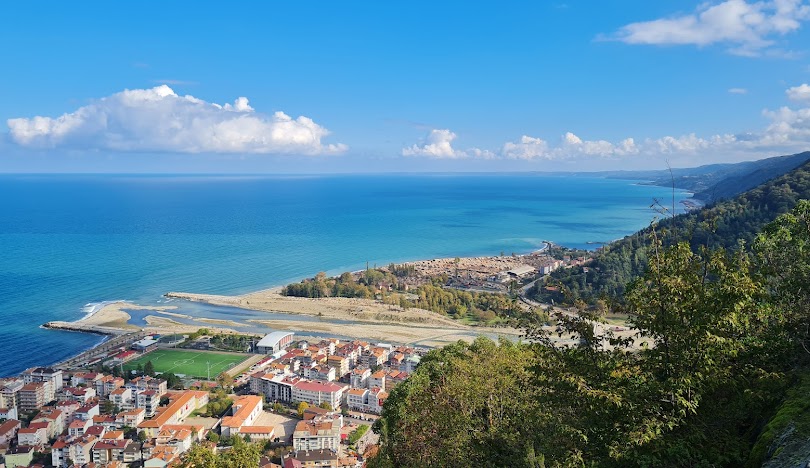
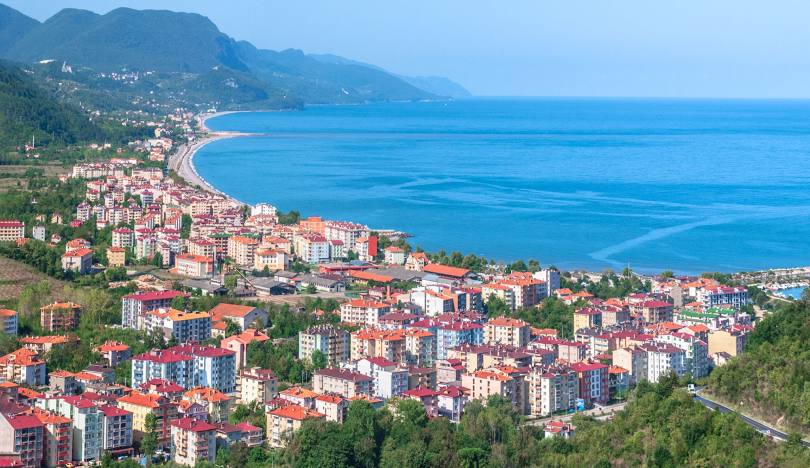
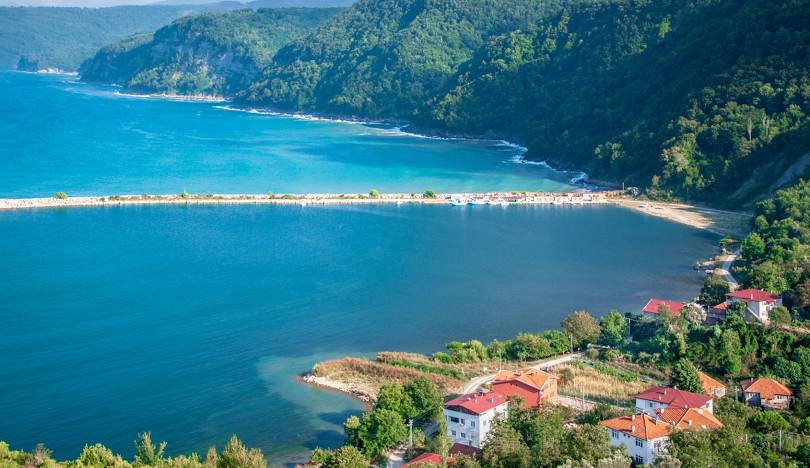
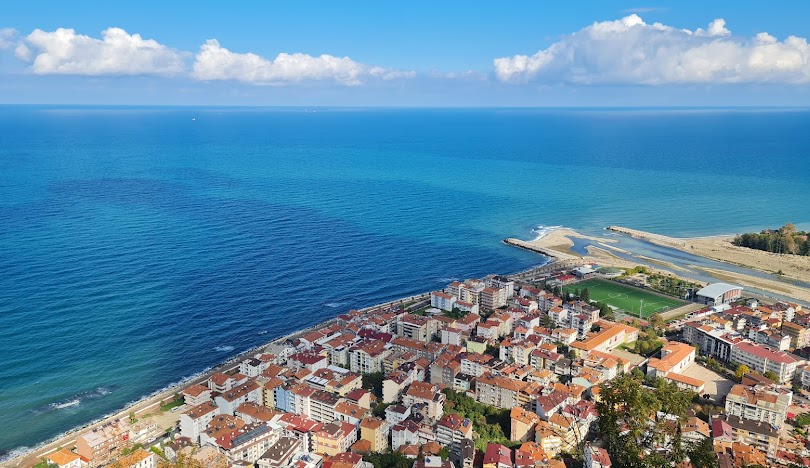
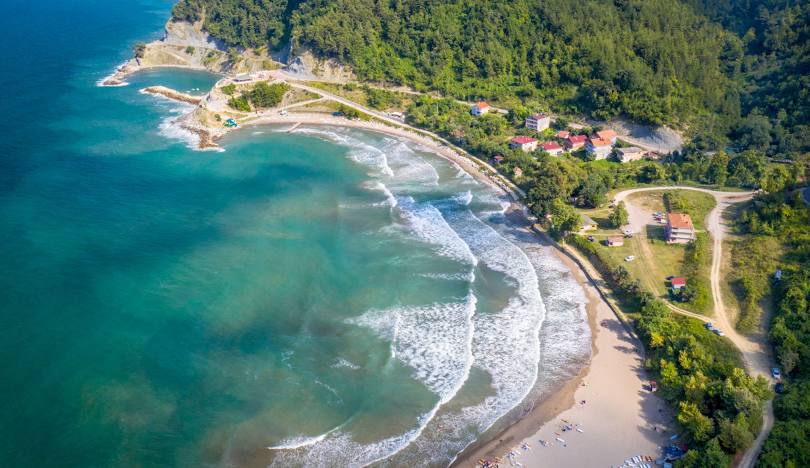
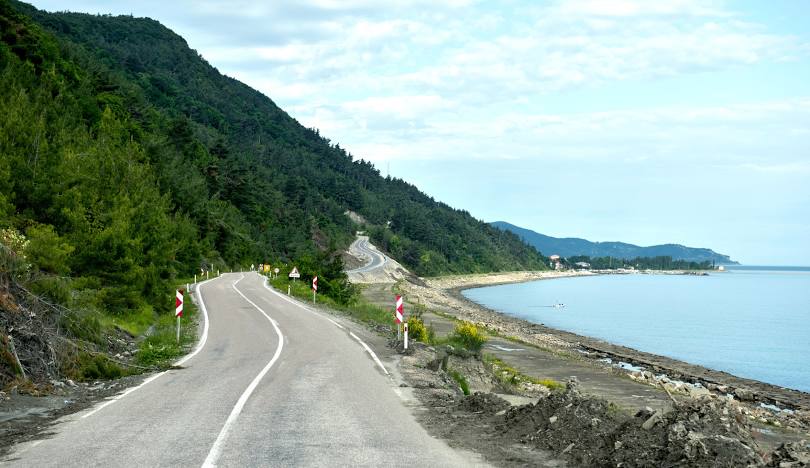



Leave Your Comments